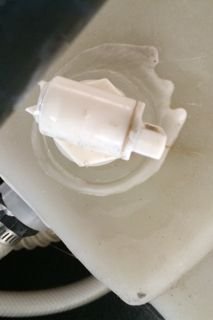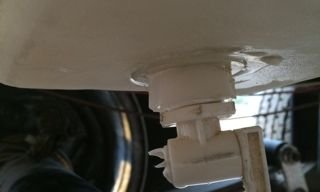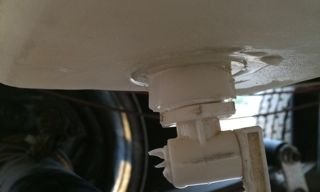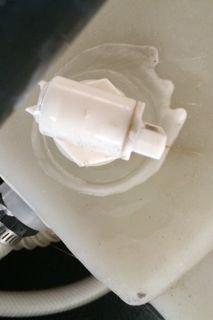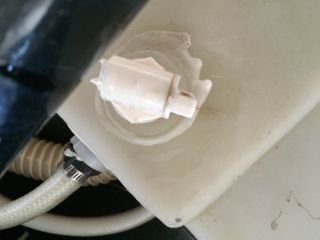johntclan said:
There is a crack in the tank beside the fitting. It's very small 1.5" bit it was leaking when I put water in.
Okay, I didn't see the crack on the pictures but if it's next to that fitting, that's not the worst place to have a crack. The tank flexes less near a fitting than in the center area of the tank, so repairs hold better. Chet's right, and it's what I said in my first post... Polyethylene tanks are difficult, but not impossible, to work on.
If you've never worked on PE before, and you're concerned about welding it yourself, you could try some of that epoxy mentioned earlier, but that wouldn't be my first choice. Surface prep of PE to get epoxy to hold involves flame treating it with a torch, and even then, there's no guarantee that it will hold.
The crack is obviously pretty small and, based on where you said it is, and its size, it's seems like a good candidate for a soldering iron repair. I have made several such repairs to small PE cracks, and as long as you're careful, they're not hard to do. If you do it right, it'll likely hold forever - as long as the axle doesn't hit it again. If you do it wrong, well, you can make the problem worse.
Go to youtube and type in "Polyethylene soldering iron repairs" and there are some videos that will help you decide if you want to DIY.
Kev

